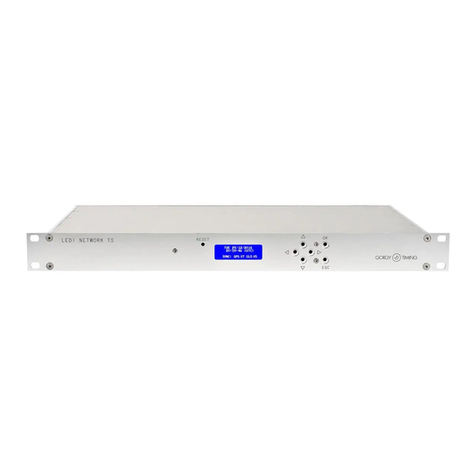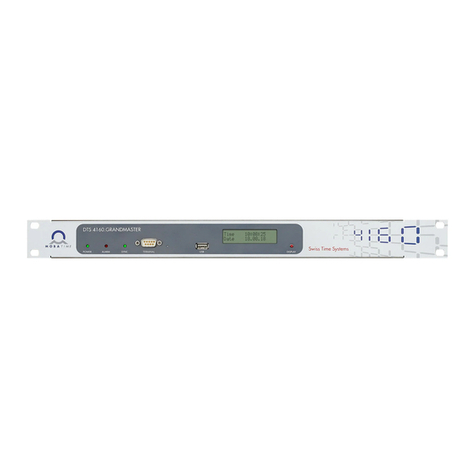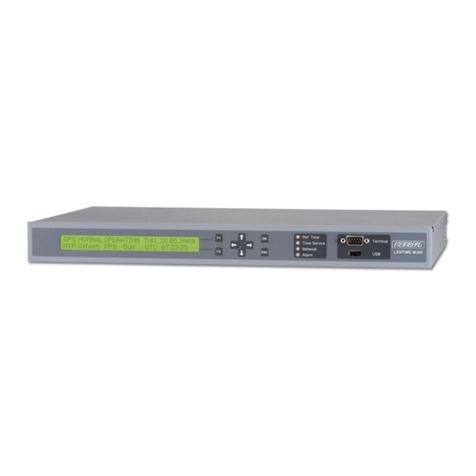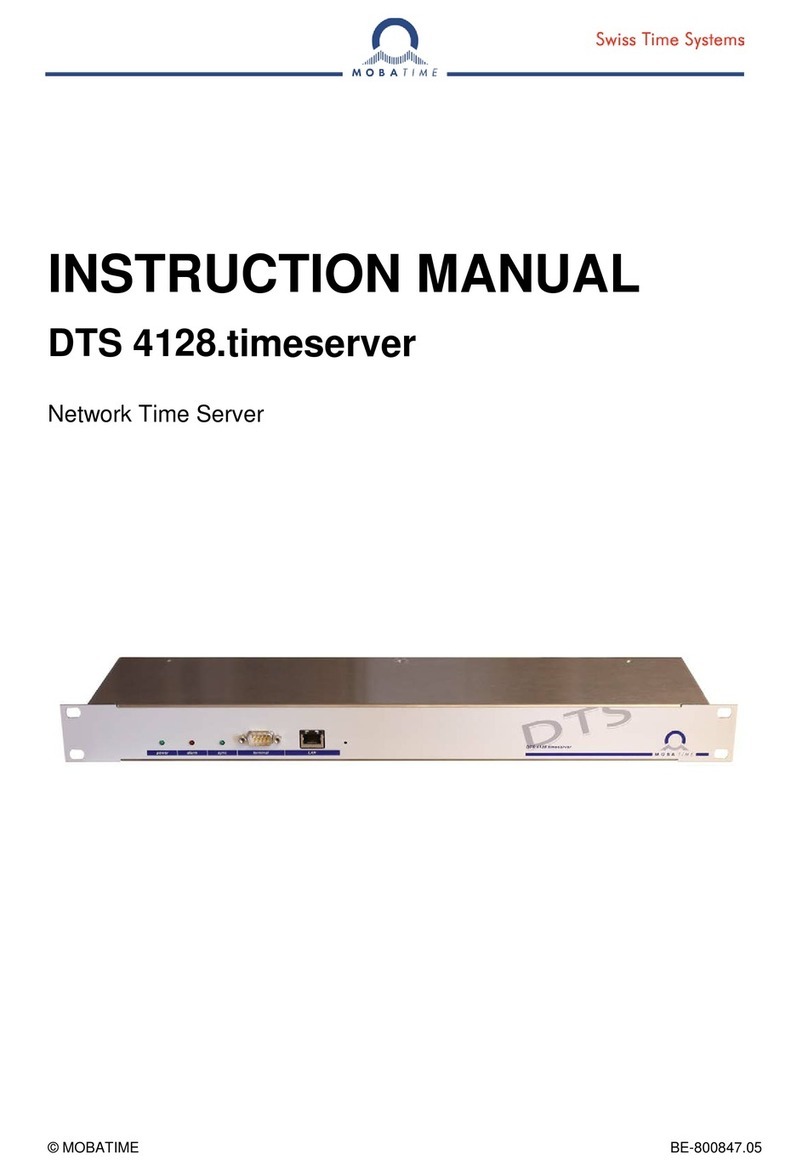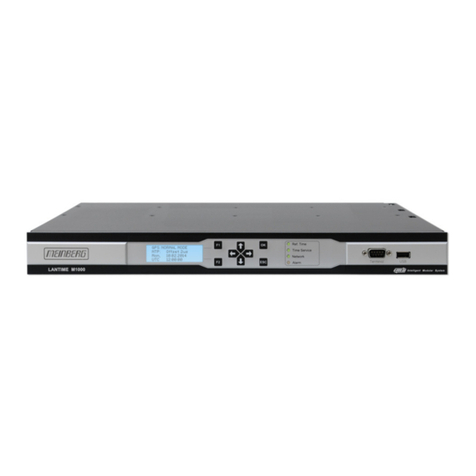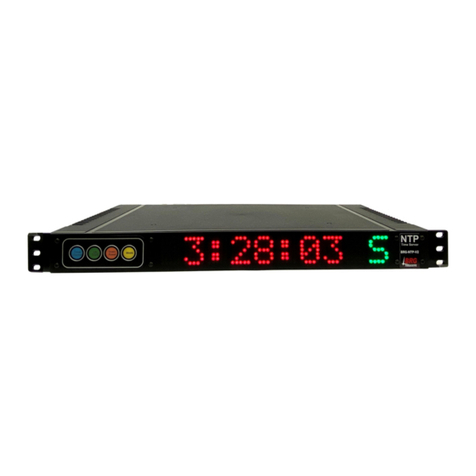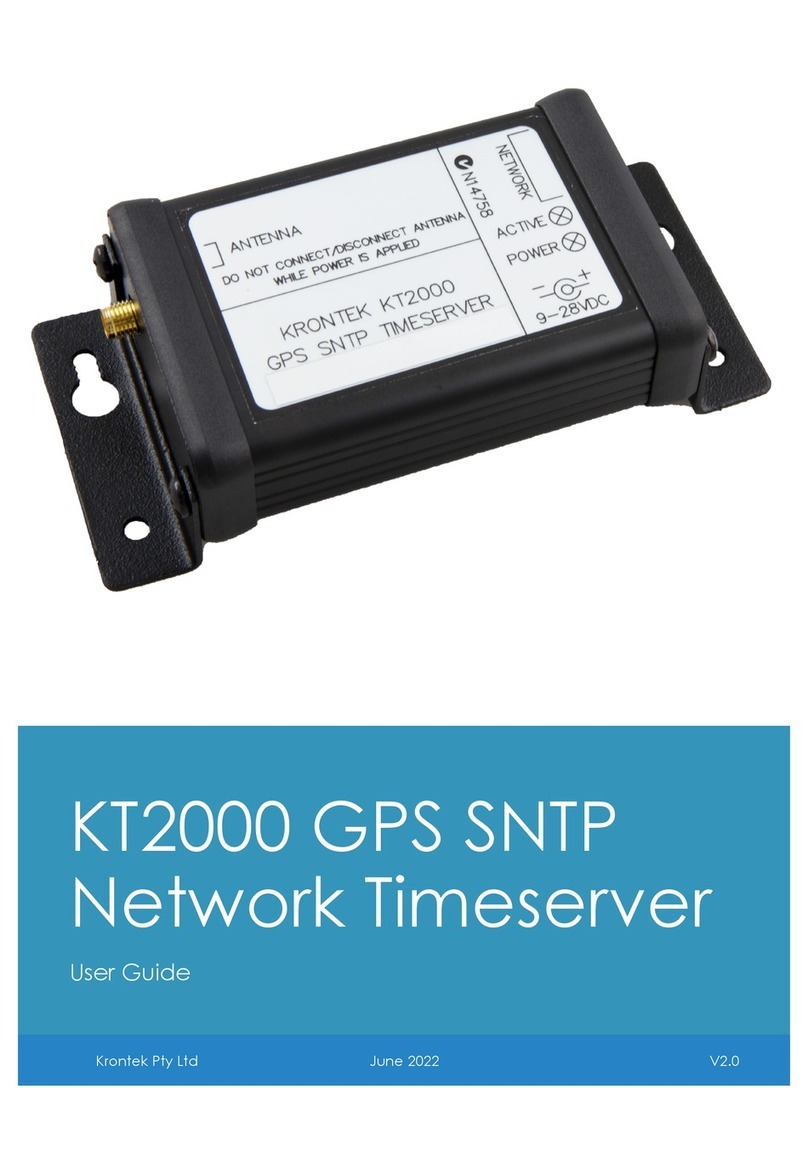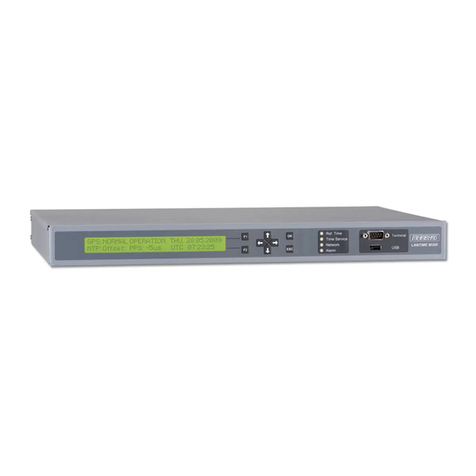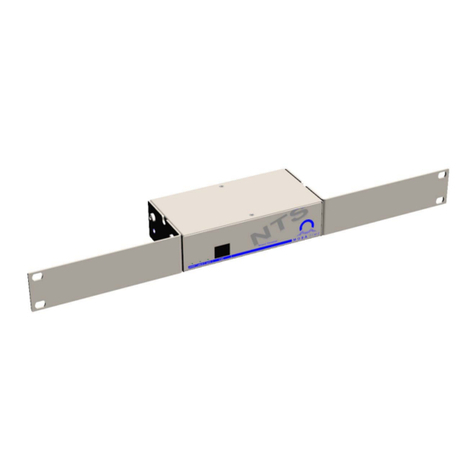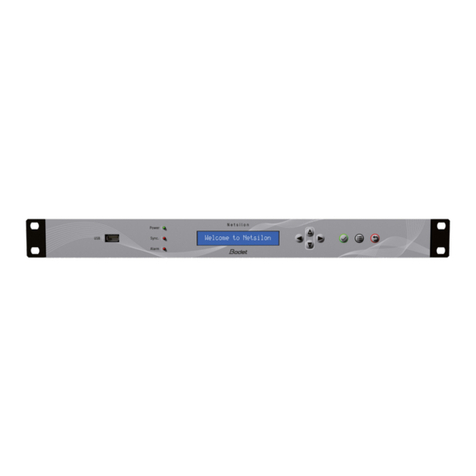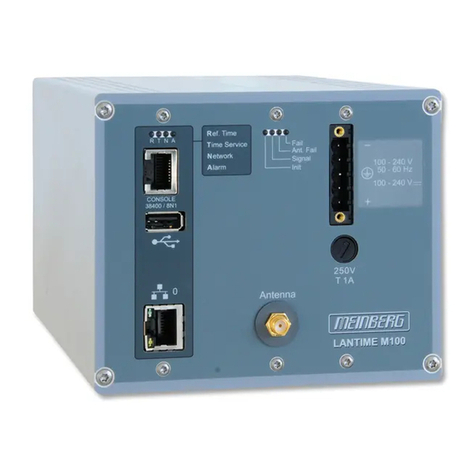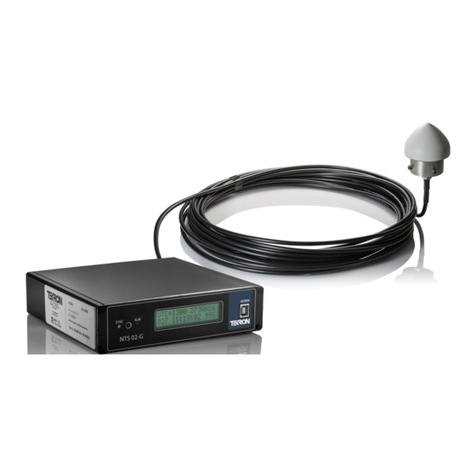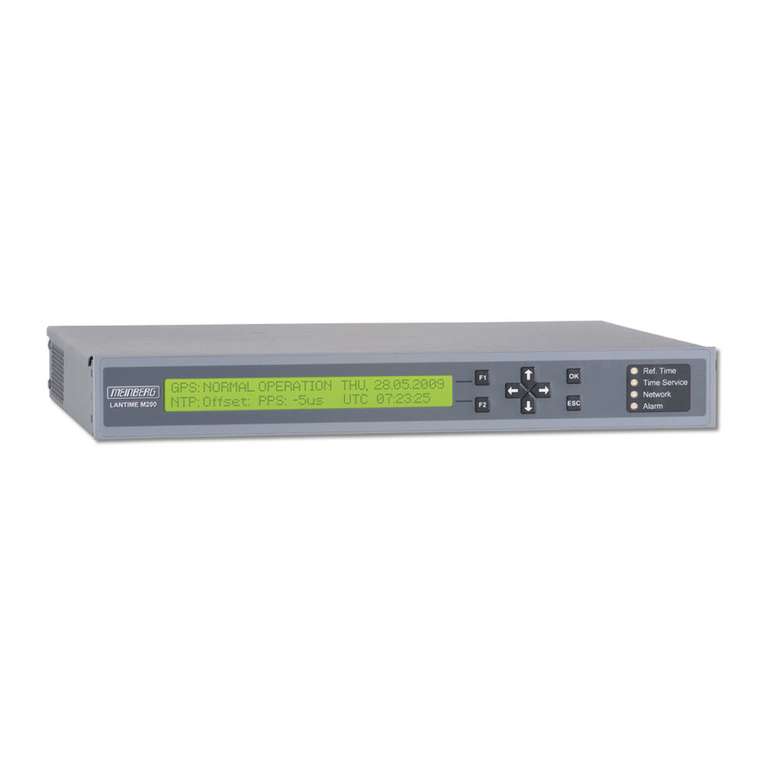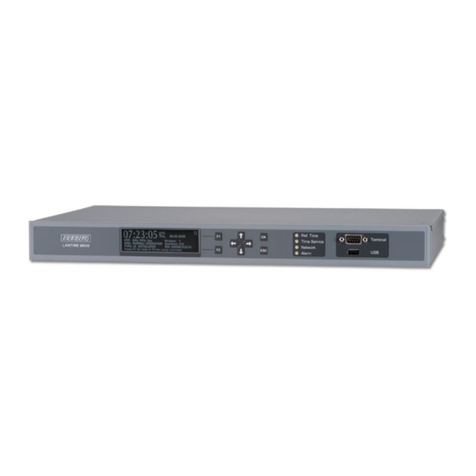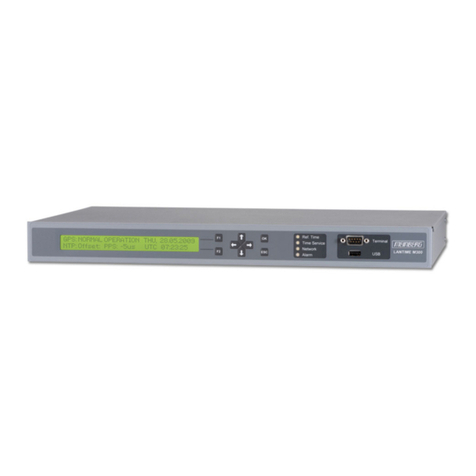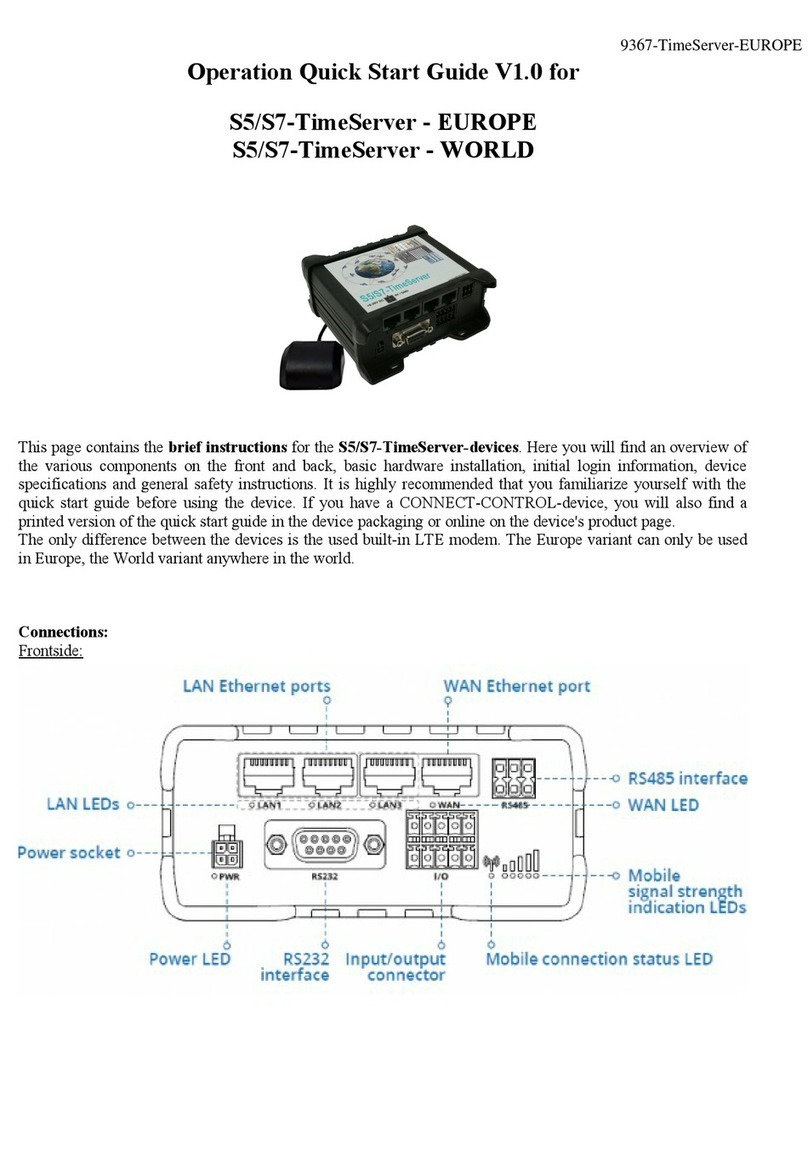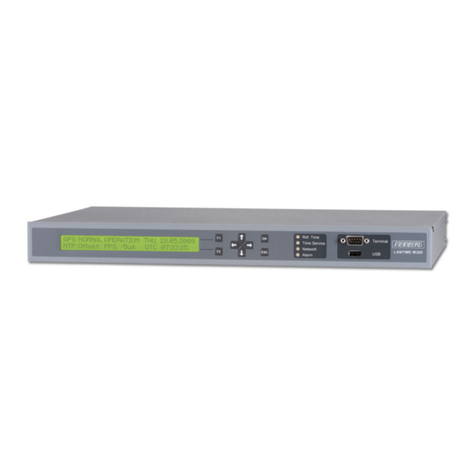TEK-NTS02G-MNL-v3-032020 P a g e | 2 www.tekron.com
© 2020 by Tekron International Limited. All Rights Reserved. All trademarks are the property of their respective holders. The information in this
document is provided for informational use only and is subject to change. For further information or support, go to: ww.tekron.com.
Contents
Contents..............................................................................................................................................................................................................................2
1. Introduction.....................................................................................................................................................................................................4
2. Front Panel.......................................................................................................................................................................................................6
LED Indicators............................................................................................................................................................................................................................9
USB Port:.....................................................................................................................................................................................................................................10
3. Back Panel.......................................................................................................................................................................................................11
P1 Power Input..........................................................................................................................................................................................................................11
Earth Stud (M4 Nut)..............................................................................................................................................................................................................11
Ant: Antenna Connector (SMA Connector)..............................................................................................................................................................11
Antenna and Lead-in Cable Considerations............................................................................................................................................................12
P2: IRIG-B Input (3-pin 3.81 mm Connector)............................................................................................................................................................12
P3: Programmable Output (3-pin 3.81 mm Connector).....................................................................................................................................12
P4: Alarm Relays (4-pin 3.81 mm Connector).........................................................................................................................................................13
ADMIN/ETH 1: Ethernet Administration Port (RJ45).........................................................................................................................................13
ETH 2 & ETH3 Ethernet Communication Ports (RJ45)................................................................................................................................14
4. Software...........................................................................................................................................................................................................15
Configuration Tool.................................................................................................................................................................................................................15
USB driver...................................................................................................................................................................................................................................15
5. Factory Hardware Options...................................................................................................................................................................16
Power Supply Options.........................................................................................................................................................................................................16
Slave Only Option (Fiber input)......................................................................................................................................................................................16
1. INSTALLATION...........................................................................................................................................................................................17
Identification.............................................................................................................................................................................................................................17
Location.......................................................................................................................................................................................................................................17
Power Supply............................................................................................................................................................................................................................17
Hazardous Voltage................................................................................................................................................................................................................17
Mounting the NTS 02-G.....................................................................................................................................................................................................17
Operation....................................................................................................................................................................................................................................18
2. Appendix..........................................................................................................................................................................................................19
